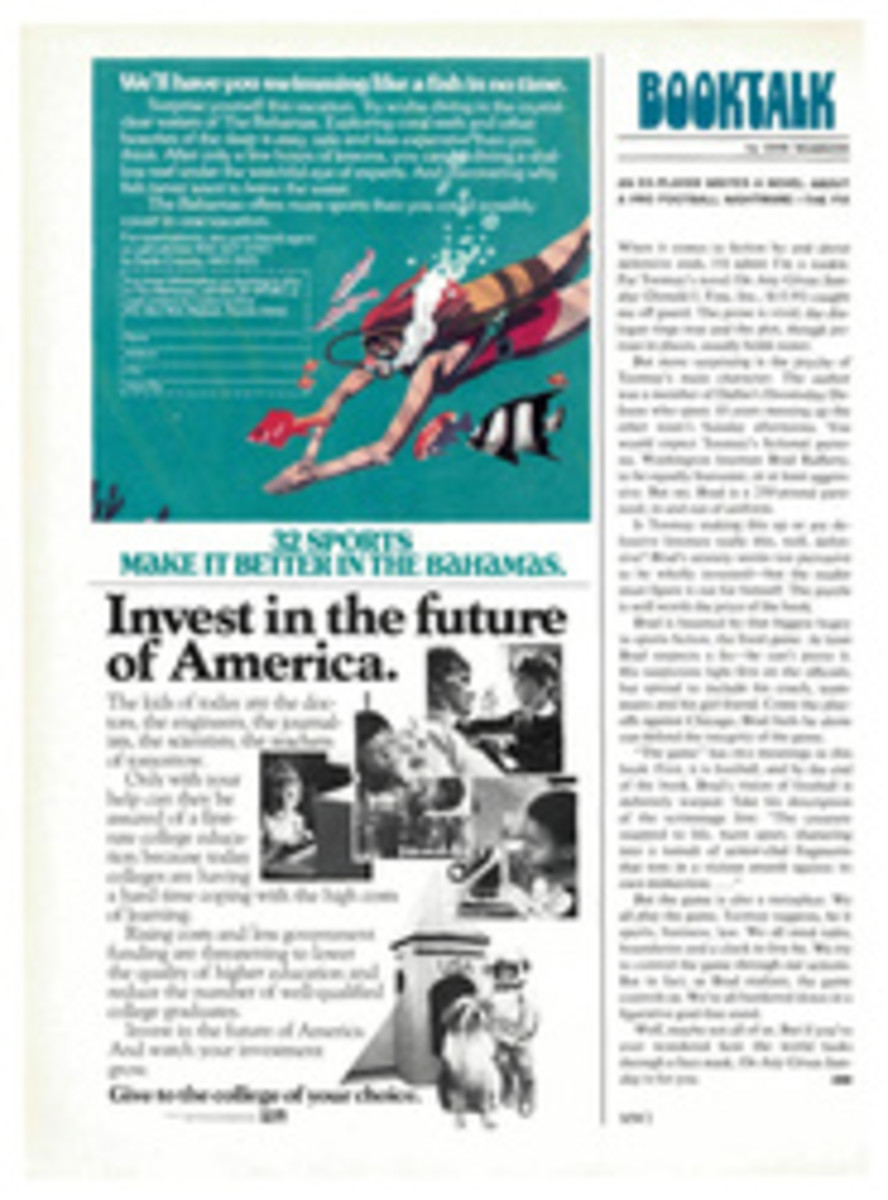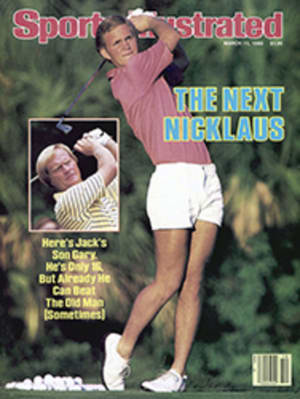
WHEN BASEBALLS FELL FROM ON HIGH, HENRY HELF ROSE TO THE OCCASION
Henry Helf stood at the base of Cleveland's 52-story Terminal Tower in his street clothes. He rolled up his shirtsleeves and put on his Goldsmith catcher's mitt. He looked skyward. It was Saturday morning, Aug. 20, 1938, and Helf and four other Cleveland Indians, catchers Frank Pytlak and Rollie Hemsley and coaches Wally Schang and Johnny Bassler, were hoping to set a record by catching balls thrown from the top of Terminal Tower, 708 feet above. The five Indians were scattered about an adjacent square with 10,000 spectators looking on.
A 24-year-old rookie, Helf was the Tribe's third-string catcher. He was only too happy to take part in the morning's event. The tower was billed as the tallest building west of New York City and east of Chicago and thus was the perfect site for this publicity stunt by the Come to Cleveland Committee.
The existing record for a vertical catch (555'5‚⅛") had been set in 1908, when Gabby Street of the Senators, renowned as the one man able to hold on to Walter Johnson's fastball, caught a ball dropped from the top of the Washington Monument. No one was sure whether Street or the obelisk benefited more from the resulting publicity. For years afterward, D.C. tour guides would point to the foot of the monument and recount the tale of Street's catch. A good-stop, no-pop catcher, Street had an anemic career batting average of .208. Yet when he died in 1951 he was hailed as a "baseball star."
Street, whose Washington Monument record was tied by White Sox catcher Billy Sullivan in 1910, inspired a wave of imitators. But far more memorable was a stunt attempted by Wilbert Robinson, the irrepressible manager of the Brooklyn Superbas. At spring training in 1915, pioneer pilot Ruth Laws was hired to fly over the club's Daytona Beach practice field. As the plane flew at an altitude of about 500 feet, a passenger dropped a grapefruit. Robinson, who had been expecting to catch a regulation baseball, circled under the plummeting fruit. It glanced off the heel of his mitt, then split open as it hit his chest. Robinson was knocked onto his back. "Jesus, I'm killed!" he cried. "I'm dead! My chest's split open! I'm covered with blood!" Robinson was very much alive, though his players nearly died laughing.
Helf and the other four Indians at least had a fixed launching platform above them. Ken Keltner, a rookie third baseman, was stationed atop the Terminal Tower with a dozen new Spaldings. "He won't even come close," Helf recalls thinking as he awaited the first ball. Keltner had to clear the base of the tower and put the balls within a 50-foot circle.
The first three balls eluded both catchers and coaches. "I could barely see those balls when they left Kenny's hand," Helf says. "They looked the size of aspirin tablets when they started down, and when they got closer, they had stopped spinning and were dancing like knuckleballs. I didn't know if they were going to hit my glove or my head."
After watching the first three balls fall uncaught, few present on that day would have criticized Helf or his teammates if they had taken cover. Mathematicians had estimated the speed of the balls at ground level to be 138 mph, 40 mph faster than Bob Feller's best heater. The balls bounced six stories high upon hitting the pavement.
But Helf rose to the challenge. As the fourth ball fell, he tracked it, braced himself, stuck up his trusty Goldsmith and—smack!—snagged it. Three balls later Pytlak caught one. The crowd applauded the pair, with the rookie drawing the loudest cheers. Helf also received two gifts to commemorate the feat. "I got an overcoat that I wore just once and gave away," he says. "It was too darn heavy, even for Cleveland weather." He was also presented a trophy, which he still has in his home in Austin, Texas, though the catcher on the top of it was broken off years ago.
Helf and Pytlak, as Street had before them, spurred a horde of imitators. In 1939, Phillie catcher Dave Coble caught a ball dropped 521 feet from the roof of Philadelphia's City Hall. Coble said, "It felt as though a man had jumped into my arms." Yet more ambitious was the attempt made three months later by Joe (Mule) Sprinz, a catcher with the San Francisco Seals of the old Pacific Coast League. Participating in "Baseball Day" at the Golden Gate Exposition on Treasure Island in San Francisco Bay, Sprinz tried to catch balls dropped about 1,000 feet from a Goodyear blimp. The third one was on target. "I never did see the ball," says Sprinz, a retired investigator for the D.A.'s office in San Francisco. "It hit me on the mouth. It put 12 cracks in my jaw. I lost about half a dozen teeth and my lips looked like hamburger." The fact that Sprinz spent two months in the hospital dampened the enthusiasm of most would-be imitators.
Helf played in only six games in 1938, then returned to the minors. He had one at bat with Cleveland in 1940 and played with the St. Louis Browns in 1946, batting .192 in 71 games. He is a retired bank cashier and an active fisherman. "It was a sports item for two or three days," he says of the catch. "Then it was forgotten." Indeed, the Guinness Book of World Records for many years listed Sprinz as the record holder for what it called "highest catch," although his attempt had been unsuccessful. Now it lists no record at all. A broken trophy tucked away in a bureau drawer in Austin serves as the only reminder of the day Henry Helf made a landmark catch in baseball history.
ILLUSTRATION
ALEXA GRACE

